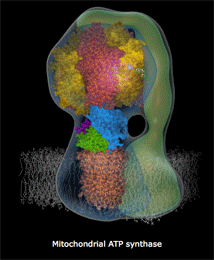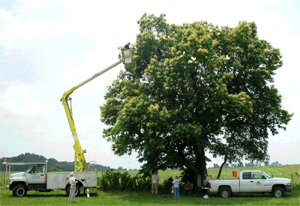How is it you can drink saliva all day long and never run out of the stuff?
Sorry to put the image of spit-drinking in your mind, but you’re doing it right now, am I right? And the more you think about it, the more you do it. Before today is over, you’ll have swallowed more than one vice-president of the stuff. Here’s how I figure it: a healthy human (that’s you) consumes something like a liter of spit per day. That would fill up a typical pitcher, and John Nance Garner, who was vice president under Franklin Roosevelt, once remarked that his job was “not worth a pitcher of warm spit.” So the vice-president, as a unit of saliva volume, is therefore less than your daily output. This reminds me of the names of champagne bottle sizes. The larger sizes are named after rulers of Israel and Babylon. So a double magnum, or three liters of champagne, is known as a Jeroboam (the first king of northern Israel). By extension we might measure salivary volume in terms various legislative occupations. How much is a Speaker of spit? Or a House Minority Whip of spit?
But I digress.
My point is that your body is a collection of remarkably dynamic processes that give the illusion of stasis. And the thing that got me started on this line of thought was this sentence:
In order to provide energy to sustain our lives, every day, each one us produces a quantity of ATP by this mechanism that is approximately equal to our body weights.
Yikes! That’s an astonishing amount of flux for one single molecule. Do you want to see how (most of) this ATP is made? Look at this.

The quote and the image come to us courtesy of the Mitochondrial Biology Unit at Cambridge University. We’ve known for a long time where the ATP was being synthesized. But now we know the shape of all the insane molecules that do that work. The ATP mill you’re looking at here isn’t something exotic. Your body has enough of them to pump out a pound of ATP every ten minutes or so, one molecule at a time. And that is a spitload of ATP.


